The last piece I wrote featuring images made with this lens was on the topic of its strength when applied to fast paced, from-the-hip shooting situations. This is certainly not news to anyone already adept with the ways of a 35mm, and I doubt anything I mention here will be really groundbreaking either. I had hoped that within a few rolls of continuous use with this lens that something would click, and I would attain some higher level of understanding in the same way that 90 and 50 just make sense to me.
As yet this has not happened, but I have definitely started to appreciate the value that is afforded to compositions made with this wider length. I still mostly feel that the majority of what a 35mm can do can be achieved with a 50mm from a couple of steps further back, but when it comes to the specific layering of elements in a frame then it makes sense to be as close to the foreground subject as possible. This closeness with a 50mm can often mean compromising the depth of field, as well as offering less space around that foreground subject with which to work.
Layering in 3 dimensions has been an issue for me for a while. My preferred length of 90mm means that it makes sense to layer images vertically or horizontally, a very illustrative, graphic style. Thinking in terms of a foreground, midground, and background is much harder when my efforts on a longer lens are to concentrate on one exceptionally interesting thing at a time, and then fill the frame with that thing. With a 35mm I must think very differently, in terms of multiple competing points of interest – a way of thinking I have far to go to develop to a useable degree.
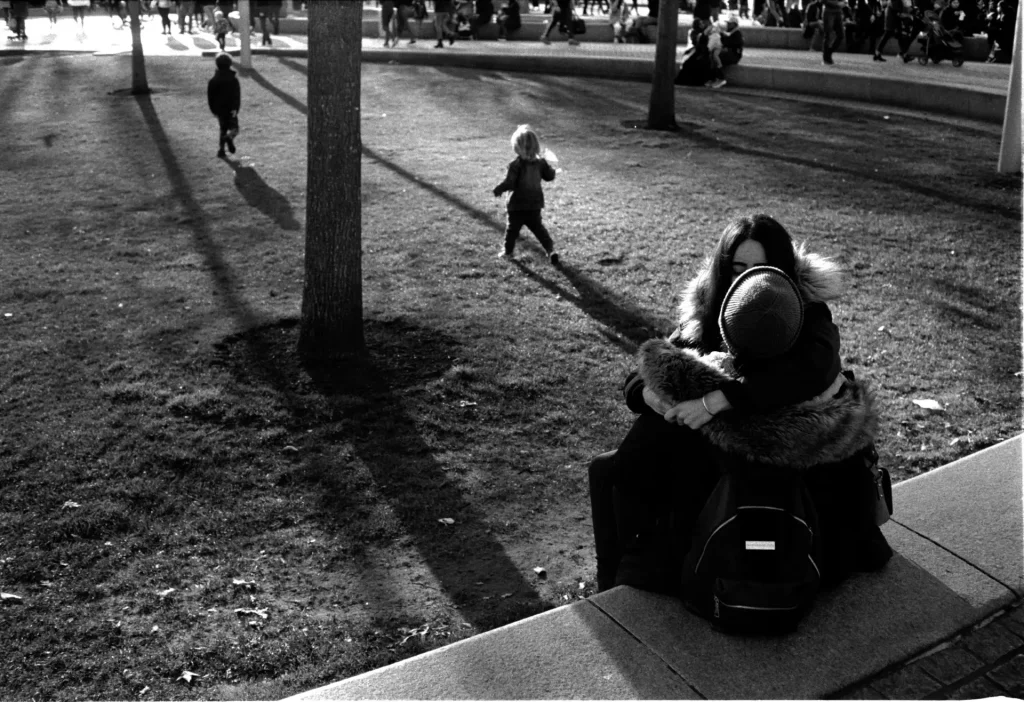
I think I became a little more comfortable with the concept behind a 35mm frame as a result of my time with the Olympus XA. This is essentially a 35mm lens I carry with me at all times, always with colour film loaded, for snapshots and other forms of mindless image making. This allowed me to become more familiar with the space I could work with, and I was less stressed about producing the same level of quality I am used to from a roll that ends up in my Leica.
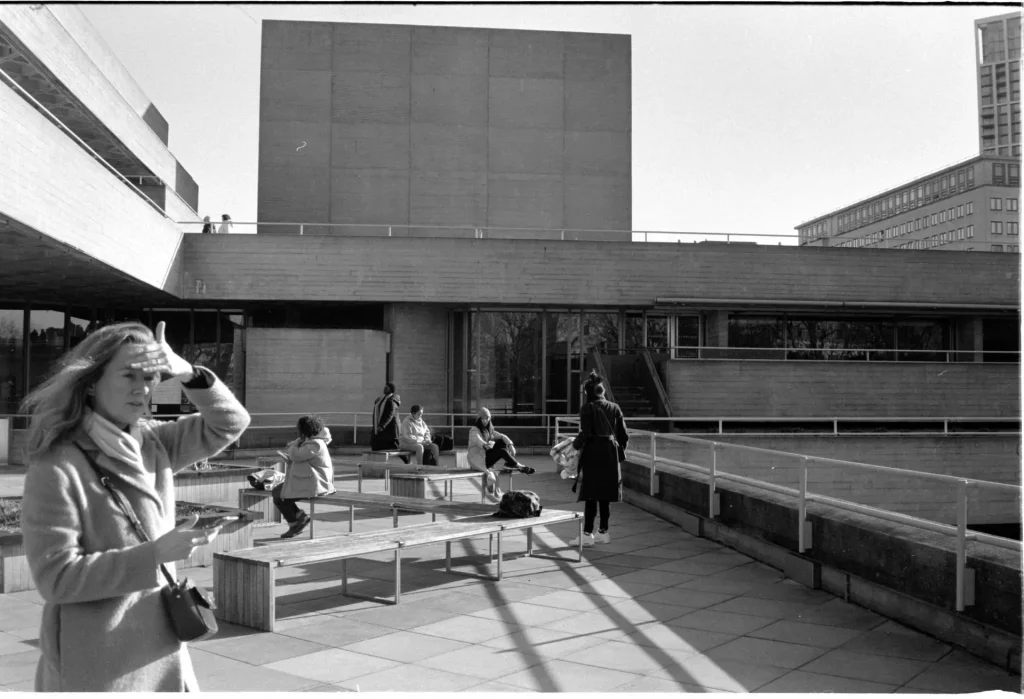
The 7artisans is definitely a step up from the Olympus; I’ve been really pleased with the technical side of things so far. Really no issues beyond some flaring but this has since vanished when I attached a cheap metal lens-hood. Sharpness, rendering, contrast, all pretty much what I was expecting, and really not too dissimilar from the results from my time with Zeiss and Leica equivalents, as I’ve mentioned in previous write ups.
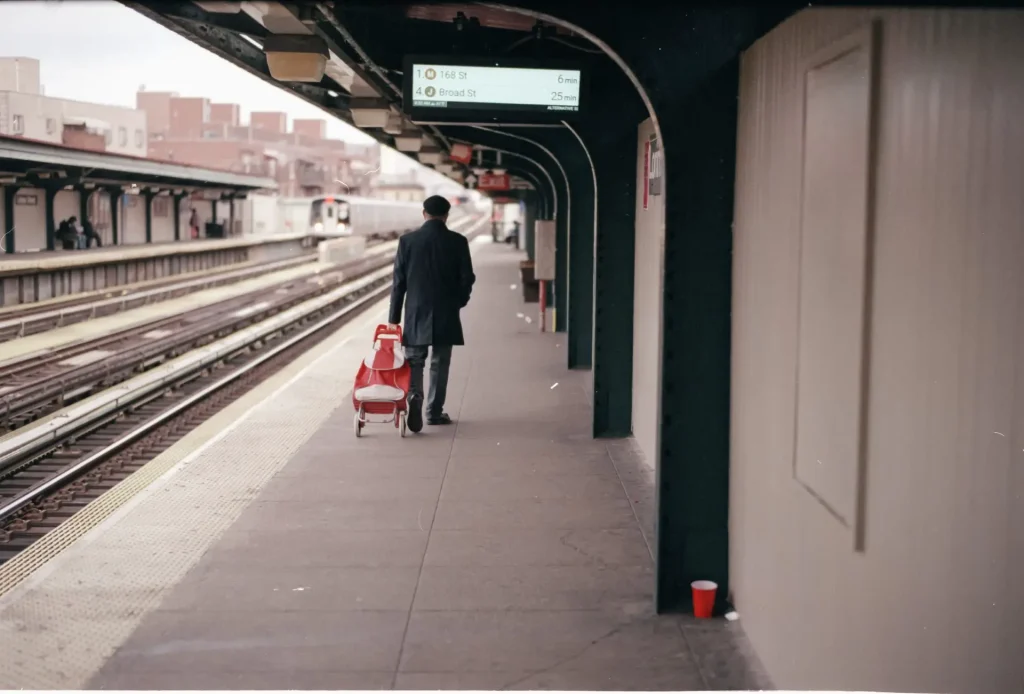
My first step for putting myself in the mindset for shooting layers is to stop right down, going no wider than f/8, unless I made a mistake estimating what film/light combination I’d be working with. This gives me a very deep depth of field, which means there’s no cheating, or possibility that something in the background can be waved away into bokeh. If it is in my frame I must pay attention to it, find its place, and figure out how it may interact with other elements, otherwise it will end up as a distraction.
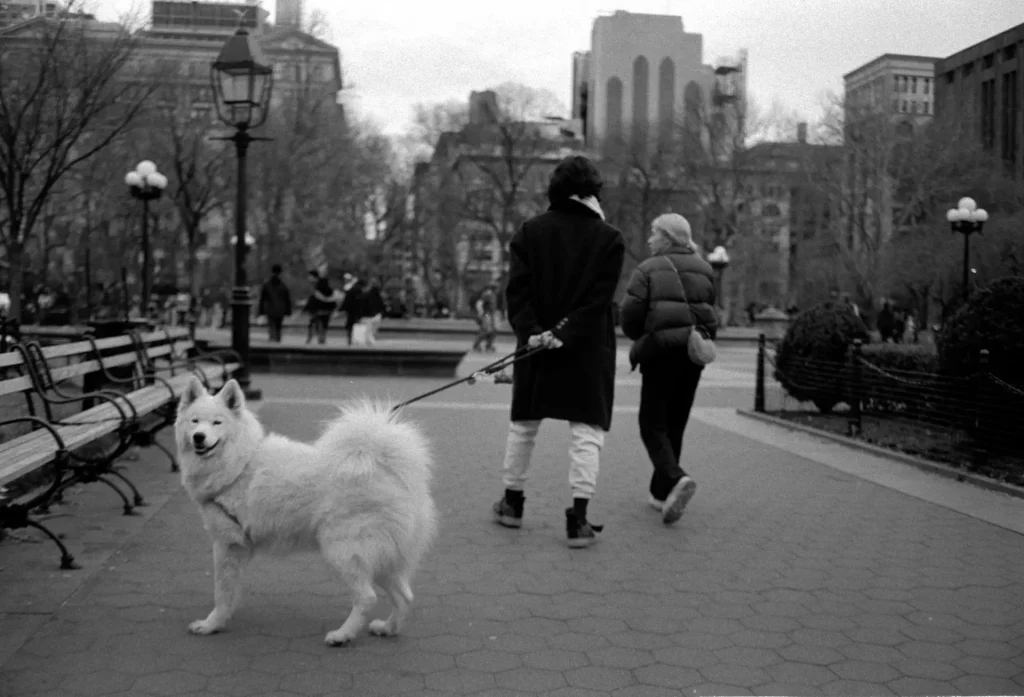
I haven’t quite managed to balance out my elements quite as well as I’m able in my compositions with longer lenses, there’s usually some kind of overlap that occurs and annoys me. I’ll be working on achieving as good a use of figure to ground in my 35mm work moving forward, by continuing to force myself to apply this lens in situations where I’d really rather be using anything else – and in doing so be in a position of high risk which will encourage me to work harder to not disappoint myself.
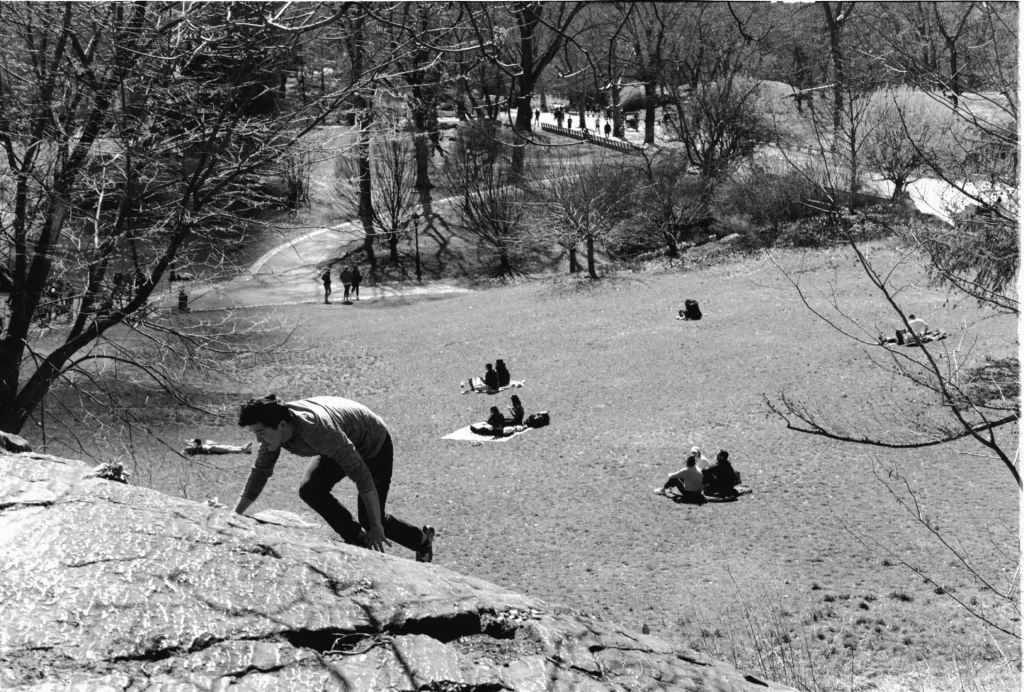
Thanks for taking the time to read this article! If you like the images here please consider checking out my Instagram. I buy all of my film from Analogue Wonderland.
Share this post:
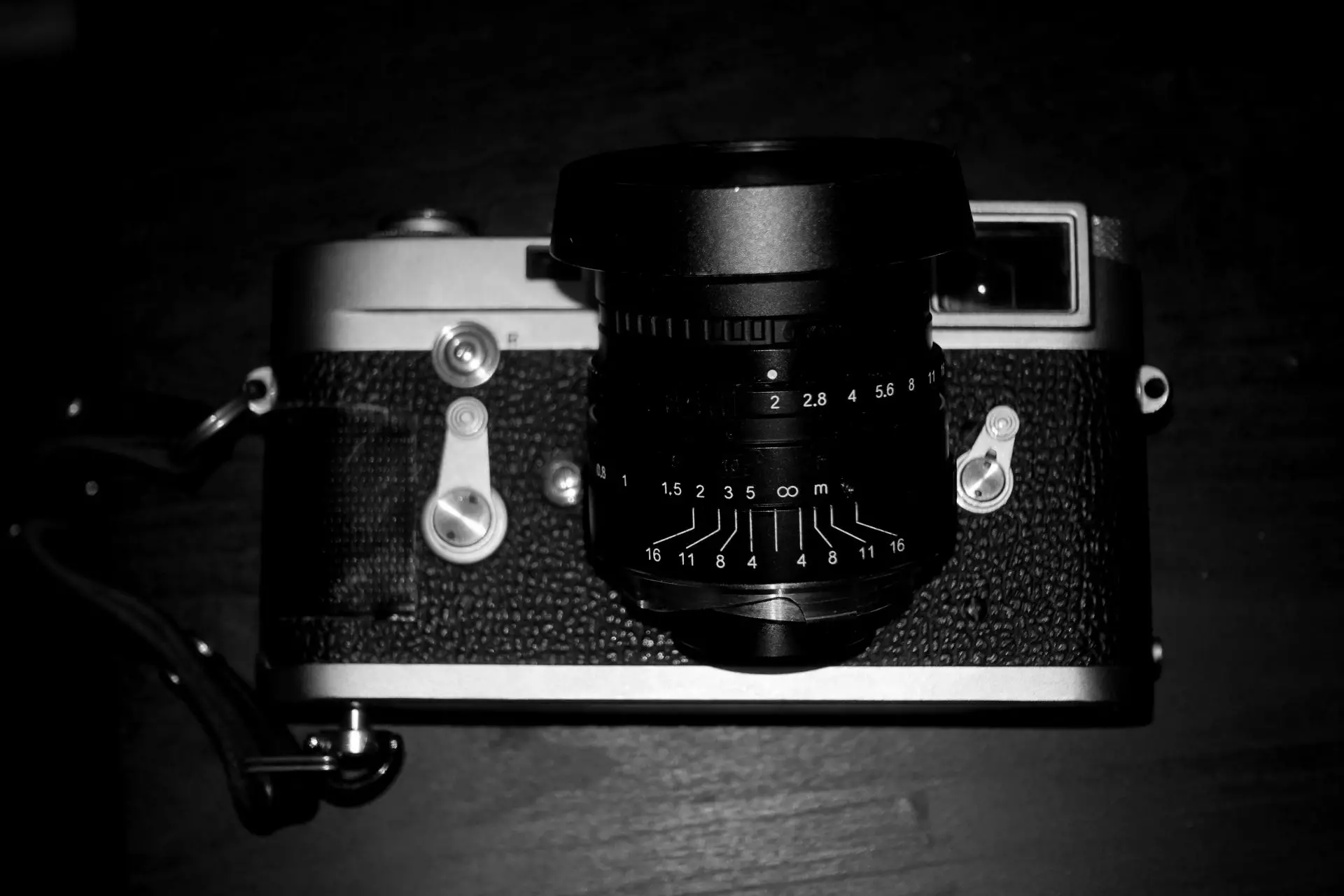








Comments
Huss on 5 Frames Composed in Layers, with a 35mm Lens – by Simon King
Comment posted: 03/06/2020
Comment posted: 03/06/2020
Robert on 5 Frames Composed in Layers, with a 35mm Lens – by Simon King
Comment posted: 04/06/2020
Sean on 5 Frames Composed in Layers, with a 35mm Lens – by Simon King
Comment posted: 04/06/2020